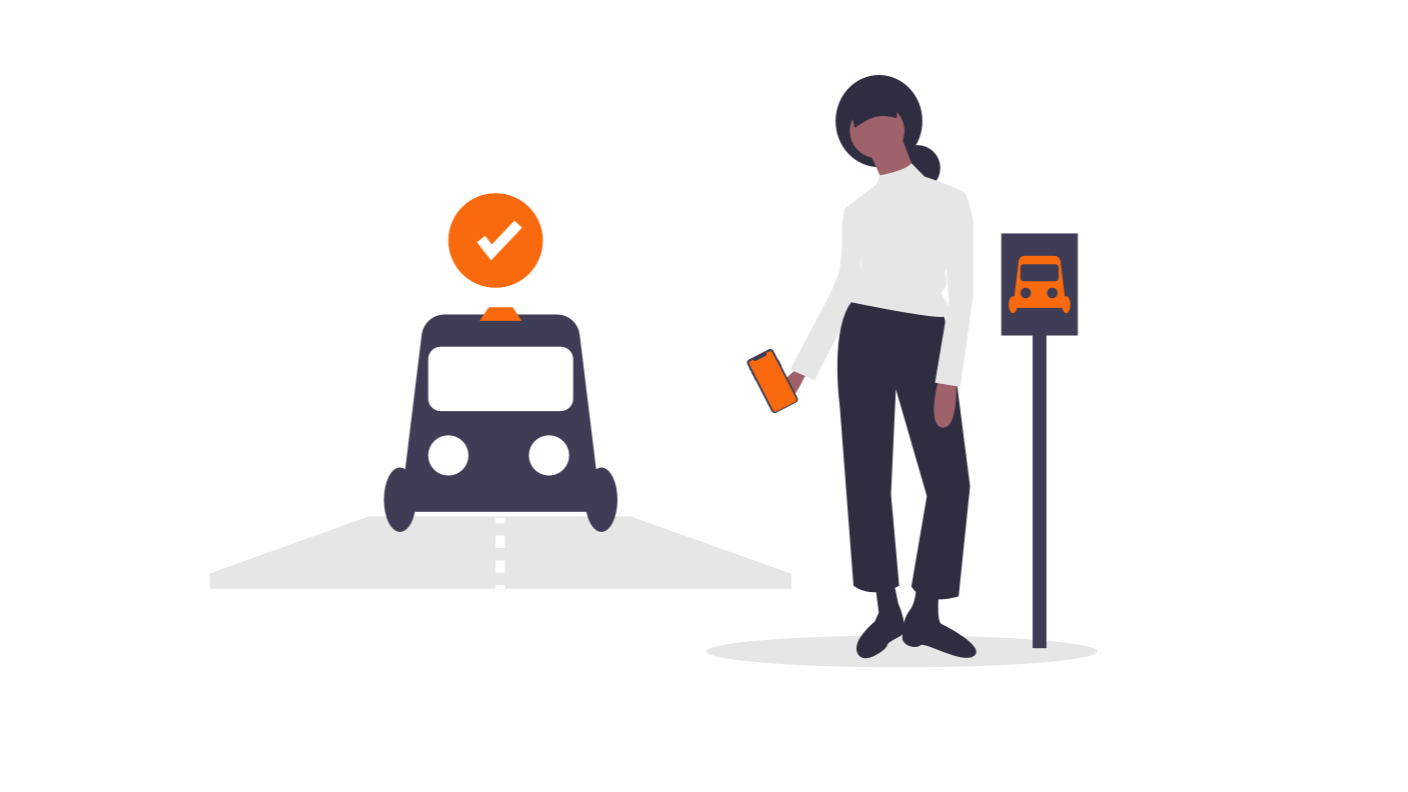Returning a leased car: Tips for the return

At the end of the lease term, the leased vehicle has to be returned to the lessor. Depending on the condition of the car, the lessee may be charged for additional depreciation due to excessive wear and tear. Therefore, one should not approach the return of the vehicle too recklessly and expect that everything will already be arranged by the leasing provider. You often risk a hefty bill, but one which you can protect yourself from, if you observe a few basic rules and invest a little effort.
Contract clauses - What matters?
The first basic rule is very simple: You should know your leasing contract and the terms agreed upon it. In most contracts, if the customer receives an offer to the car at the end of the leasing term, the sum still outstanding at the end of the contract is calculated from the tabular residual value of the vehicle, taking into account extraordinary wear and tear and possible damages. This is also known as a residual value leasing. In rare cases, the mileage of the vehicle is decisive.
In this case, a compensation payment is only due if the lessee exceeds the permissible mileage. In most cases, however, leasing companies offer the first option and often include the mileage restriction as an additional clause in the contract. For Gowago, all leasing contracts include this clause - this is in general the standard case in Switzerland for leasing contracts with private individuals. In these cases, exceeding the permissible mileage is regarded as a reduction in value, irrespective of the condition of the vehicle.
Check the vehicle for damage
The residual value of the vehicle is calculated on the basis of various factors such as age, model, number of kilometres, engine power and general condition.
You are well advised to take a close look at the vehicle and document all damage. Under certain circumstances, it may even be possible to have certain damage covered by an insurance claim. Check your options before the vehicle is returned to the leasing company.
The condition is decisive
Regardless of whether you want to return the car to your leasing provider or potentially make an offer to buy it and sell it at a later date, it is always in your best interest to know the exact condition of the vehicle and to document it. If you have already had an expert opinion drawn up, the garage has probably already documented the vehicle with photos. If not, you should make your own photos of all parts of the car that show the condition of the paint, headlights, rims and interior.
How are damages assessed?
This is also an important point. Not everything that appears to be a damage at first glance can be claimed as such by the leasing company. Occasionally, there might be an attempt to declare minor blemishes such as minor dents and fine scratches in the top coat, as damage that affects the residual value of the vehicle. To find out more about the exact extent of the permitted damage, consult our car return checklist.
Here too, however, it pays to not only clean the car thoroughly before handing it over, but also give the paint a polish. This not only enhances the car's appearance and makes it look like new, but it can also remove lighter scratches. The interior should also be clean and free of odors. In particular smokers and/or animal owners should be particularly thorough here, in order to free the vehicle of traces of cigarette smoke, ashes or hair. Dirty and/or worn floor mats can also affect the residual value, as will worn upholstery. Dirt will need to be removed, or the leasing company will invoice an additional cleaning fee to clean the car (for example in cases of animal hair, odours, or stains). Hence, doing it yourself will be the better and more proactive solution. An intensive cleaning in a specialized workshop or with a special upholstery cleaner can possibly do a good job and save a few francs.
There are also requirements for the tires with regard to their condition when they are returned. Tyres must have a tread of at least 2 mm. You are not obliged to return the car with a second set of tyres if it was delivered with only one set at the start of the contract. However, if you fitted new wheels/rims, you will have to return the car on the original wheels/rims the car was delivered with. In any case, the car has to be fitted with / include summer tyres - a return with only winter tyres is not accepted.
On return
If the return is actually due, you should consider the following points:
- It is best to return the car cleaned and with damages documented. The handover protocol needs to acknowledge date and time of return.
- It is important to discuss the condition of the vehicle with the lessor on the spot and have any visible damage described in detail in the handover report. The length of existing scratches and the size of paint damage should be exactly listed there.
If there are any discrepancies between you and the lessor, the handover report should also state that you do not agree with the assessment. Take your time to go through any defects in detail and compare them with your own appraisal.
Conclusion
So if you take care, you can estimate the additional costs you will incur at the end of the lease before you return the car. In particular, you should pay attention to the exact recording of damages to better protect yourself against unforeseen costs.


